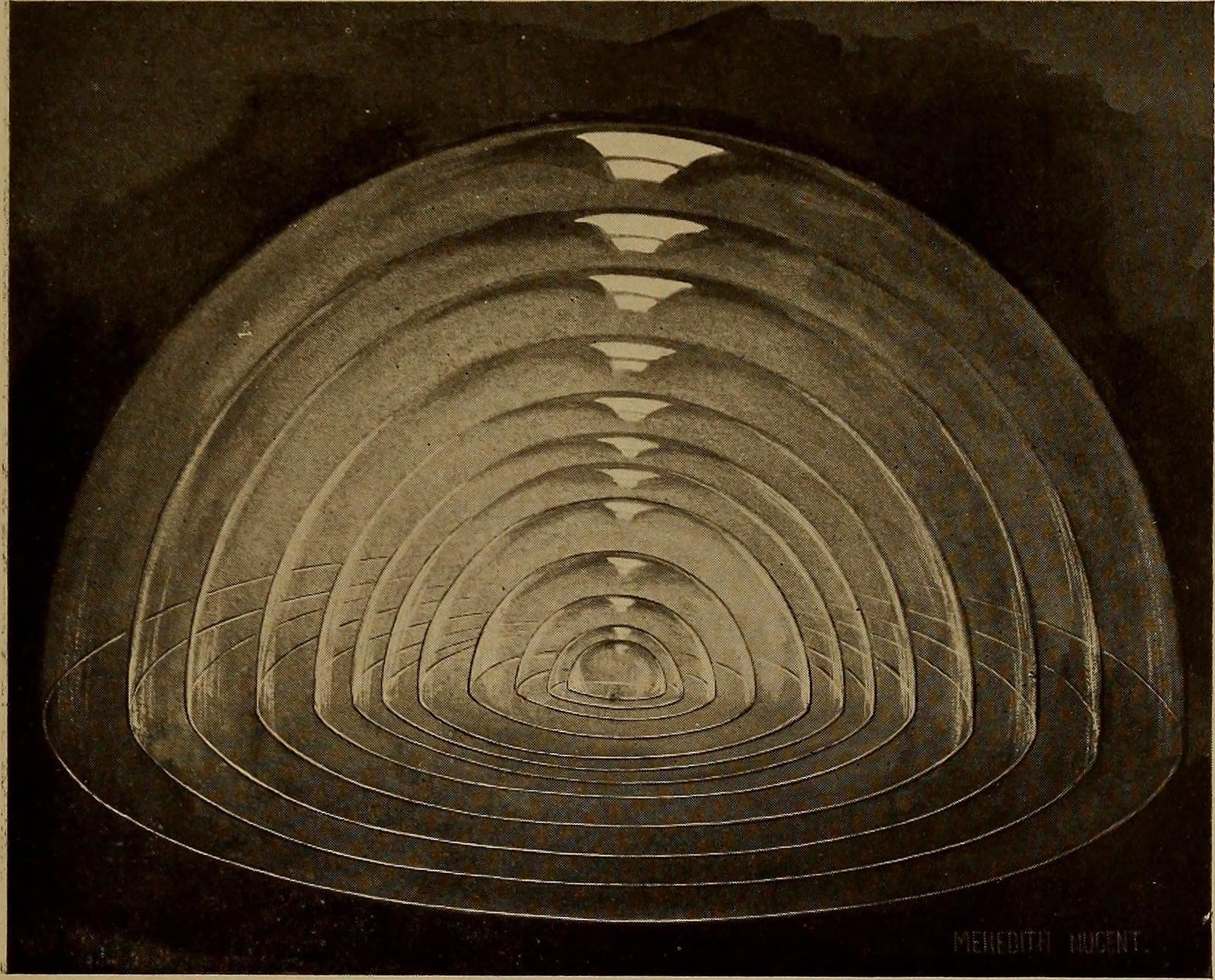Context Collapse
March 22, 2022 Danah Boyd Jamie Lynne Burgess Natalie Pennington Social Media Ryan Broderick

In the early 2000s, the researcher Danah Boyd described a phenomenon she had observed on social media: The sudden confluence of different social spheres on one medium.
Boyd had been thinking about the social identities we inhabit in different contexts—e.g. at work v. with friends—and how the public nature of social media has suddenly merged all those contexts into one.
Context collapse happens because many people (since the early days of Facebook) appear with their real name, which has coupled their real and their online identities. With each piece of content they share, they’re actively shaping how they are being perceived—and their interactions with others are indistinguishable from those in the real world.
That’s why Boyd emphasizes that the effect she helped describe “has long existed and exists in even more complicated ways as a result of social media”. 1 On Rewire, Jamie Lynne Burgess points out that context collapse isn’t necessarily limited to online spaces:
“One of my favorite examples of offline context collapse is a wedding,” said Natalie Pennington, assistant professor of communications at the University of Nevada, Las Vegas. “You have your family there, and your coworkers, and your old friends, and it can be difficult to know how to behave and communicate.”